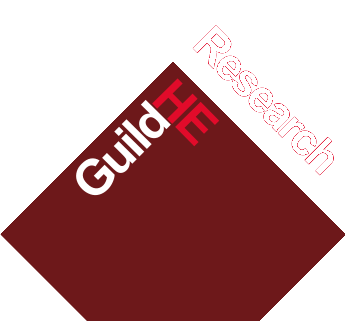Aspects of a circular bioeconomy: a note on milk and egg byproducts
Ledgard, S., Lee, M.R.F., Meo Zilio, D. and Becquet, P. (2025) Aspects of a circular bioeconomy: a note on milk and egg byproducts. Animal Frontiers, 15 (4). pp. 30-37. ISSN 2160-6056
|
Text
M Lee Aspects of a circular bioeconomy OCR UPLOAD.pdf - Published Version Available under License Creative Commons Attribution. Download (14MB) |
Abstract
Implications: Milk and eggs are primarily used for human consumption, either directly (e.g., raw milk and table eggs) or following processing (e.g., pasteurized milk and hydrated egg powder). Milk is also further processed into high-value dairy products (e.g., butter, cheese, and yoghurt) primarily for direct human consumption. Whey is the major by-product of milk processing, and high-value foods can be obtained from it (e.g., whey protein concentrates for sports nutrition). However, more upcycling options for human consumption are needed globally to maintain its nutrients within the food chain and improve sustainability, via circularity. Eggs are also further processed into specific products for the food industry (e.g., liquid eggs, albumen, and yolk). Eggshell and membranes are the major by-products from this process, containing a high level of minerals (eggshell) and high-value protein (egg membrane). As such, eggshells and membranes may be used to maintain these nutrients within the food chain and improve sustainability via circularity.
| Item Type: | Article |
|---|---|
| Divisions: | Agriculture and Environment (from 1.08.20) |
| Depositing User: | Miss Anna Cope |
| Date Deposited: | 25 Sep 2025 13:32 |
| Last Modified: | 25 Sep 2025 13:32 |
| URI: | https://hau.repository.guildhe.ac.uk/id/eprint/18261 |
Actions (login required)
 |
Edit Item |

